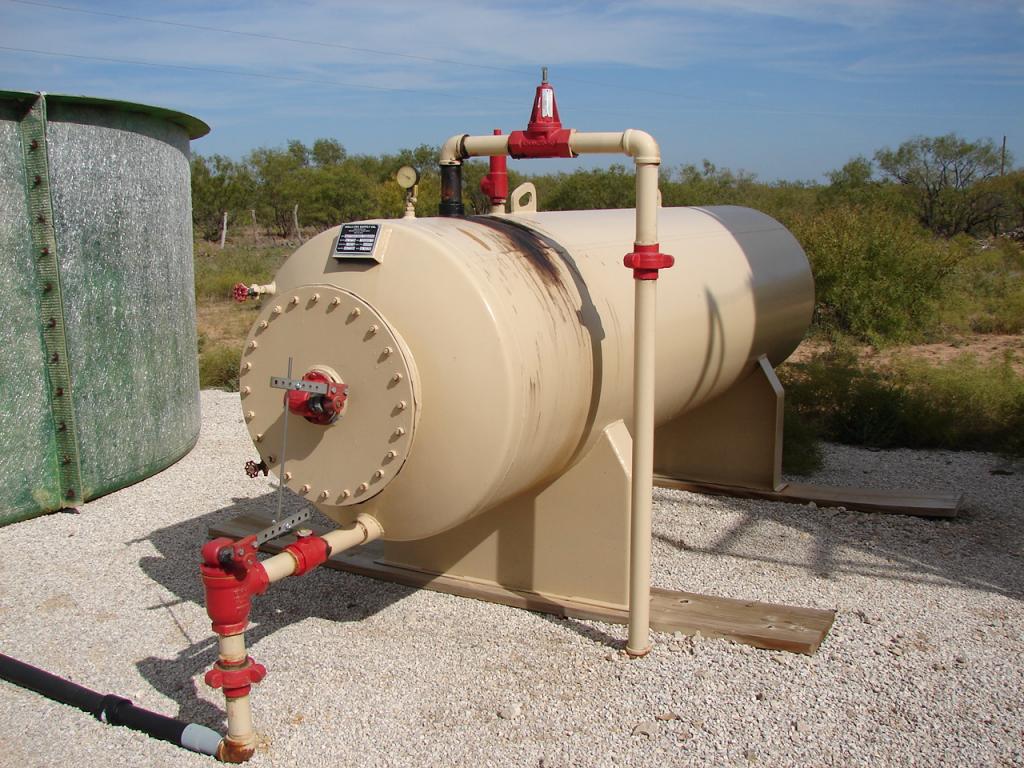
The energy industry is composed of oil and gas, nuclear, utilities, coal, as well as alternate energy firms. However, for many, it’s the oil and gas exploration, drilling, and refining of reserves that make the energy sector a very attractive means of diversifying their portfolio. Determining and picking the correct investment – whether through direct participation, an exchange-traded fund, or purchasing shares – to help an investor make a profit means that you will need to do your research.
Analysts in the oil and gas industry utilize 5 multiples and various oil and gas valuation methods to get an insight as to how firms in the sector are faring against their competitors. These multiples tend to decrease in times of high commodity prices and increase in times of low commodity prices.
1. Valuation Methods
Net Asset Value
The discounted cash flow, typically referred to as the net asset value helps identify the value of producers in the oil and gas sector. Generally, the net asset value is the current value after-tax cash flows. It accounts for probable and proven reserves.
2. Trading Multiples
There are 5 multiples that help investors compare a firm’s value over their peers. Commonly used are:
Enterprise Value per Flowing Barrel/EBITDA
Commonly called enterprise value, it identifies the value of a firm per barrel of production. It is a company’s value linked to earnings before tax, interest, amortization, and interest.
A low enterprise value suggests that a firm might be undervalued. In comparing a firm to its peers, the lower its multiple, the better.
Enterprise Value/Barrels of Oil Equivalent Per Day (EV/boe)
Also called price per flowing barrel, this multiple identifies the value of a company compared to daily production. It helps investors compare the production volumes of a firm with the price of the company.
All oil and gas firms report production in barrels of oil equivalent per day, or BOE/D. If the multiple is low compared to its peers, the company is trading at a discount. If the multiple is high amongst the company’s peers, the firm is trading at a premium.
It is important to note that investors should also take into consideration the cost of developing new fields to get a better insight into an oil firm’s financial health.
Enterprise Value to Reserves (EV/boe)
This multiple helps to identify the future potential of a particular company’s assets. It is quite similar to the enterprise value per flowing barrel, but compares the cost of a company with barrels still in the ground. This metric’s calculation is simple – no assumptions or estimates are needed. The EV/boe gives analysts an insight as to how well its given resources are able to support a firm’s operations.
contact dw energy
Want to learn more about oil & gas investing? Our expert team can provide you with more information or schedule a consultation to talk about diversifying your investment portfolio.

Price or Cash Flow Per Share
Analysts of oil and gas typically use P/CF or price compared to cash flow per share as a multiple. Compared to P/E ratio and book value, cash flow is more difficult to manipulate.
To calculate, take the company’s price per share that is currently trading and divide that figure by the cash flow per share. The cash flow refers to operating cash flow and does not reflect expenses on exploration, however, it does include depreciation, non-cash expenses, deferred taxes, amortization, and depletion.
Enterprise Value/Debt-Adjusted Cash Flow
This multiple is also commonly called EV/DAF. In terms of capital structures, oil and gas firms can differ dramatically. Companies with bigger debt will reflect a better P/CF ratio. Because of this, a lot of analysts prefer to use the EV/DACF multiple.
The EV/DAF takes the enterprise value, then divides it by all financial charges (which includes current income taxes, interest expense, and preferred shares) and the sum of cash flow from operating activities.
Gaining a better understanding of these oil and gas valuation methods and multiples will serve as a good introduction to the basics of the oil and gas industry. For more exclusive resources on oil and gas investing, diversified investment examples, tax breaks, and the latest happenings in the oil and gas market, we invite you to visit our Insights page.
Contact dw energy
Sources:
“Valuation Methodologies in the Oil & Gas Industry,” Stout, https://www.stout.com/en/insights/article/valuation-methodologies-oil-gas-industry
